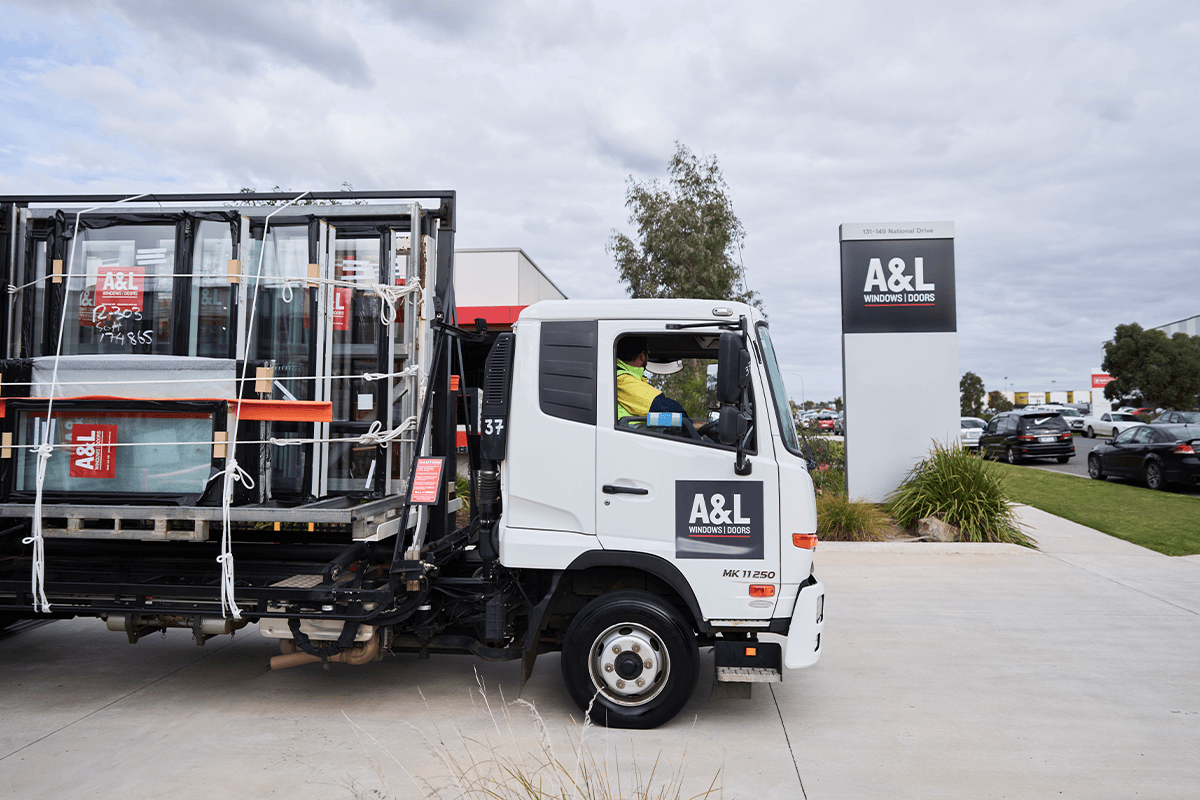
Locally made
A GUIDE TO COMPLIANT WINDOWS

Today, homes and buildings across Australia are more highly scrutinized than ever before. It’s critical that all builders understand the risks and requirements associated with compliance, particularly when it comes to windows.
In this handy guide, we’ll provide an easy-to-follow overview of:
We’ve likely all seen the news stories. From cracked multi-residential developments in Sydney to cladding fires in Melbourne apartments, the past few years have seen prominent cases of building products and practices being brought into question.
As a result of these incidents, there’s an increased level of scrutiny on the industry and building products in general.
This scrutiny comes from official governing bodies like the Victorian Building Authority (VBA) or the Queensland Building and Construction Commission (QBCC), but also from increasingly wary homeowners. Many buyers now employ independent building inspectors as a standard part of the purchasing process.
While non-compliant windows are yet to cause any kind of newsworthy catastrophe, new measures throughout Australia place greater scrutiny on all building products.
In both Victoria and Queensland, regulatory bodies have implemented statewide compliance initiatives to make buildings safer and builders more accountable.
The VBA and Consumer Affairs Victoria have announced a program of proactive inspections to assess building sites for compliance with the Victorian Building Act, Regulations and Code.
The QBCC has enforced new legislation relating to non-compliant building products to create a higher level of accountability for everyone in the building supply chain.
Residential building inspections are happening more frequently and more thoroughly throughout Australia.
The New South Wales government has been in discussions to determine a similar approach.

For builders:
Whatever the size of your business—whether you’re a large volume builder or a smaller scale owner-builder—the most likely impact for non-compliance is significant loss of time and money.
Non-compliant developments cannot and will not receive occupancy certificates, creating delays in payments and cashflow associated with site completion. Occupancy certificates cannot be awarded until all violations are brought in line with compliance requirements.
Whether you have one non-compliant home or fifty, the impact on cash flow associated with stalled projects can be significant.
Extreme cases of non-compliance can result in deregistration, disciplinary action, or even criminal charges.
For homeowners:
If you’ve purchased a home that is non-compliant, you won’t be permitted to move into the property until it is safe to do so in accordance with the relevant regulations. Understandably, this creates immediate inconvenience for buyers in the short-term. Beyond that, there’s also potential for longer-term hassles associated with disrupting a chain of multiple moves, with ripple-out impacts for other buyers and sellers relying on occupancy availability.
In short, the best way to ensure compliance is to partner with a dedicated and thorough window manufacturer. That way, you’ll receive accurate reports and detailed quotes for certification, as well as the best possible price from your supplier, without unknowingly compromising on regulatory requirements.
Some suppliers may be tempted to adopt generic practice for perceived time or cost gains: sometimes, a lower quote or a faster timeframe can be appealing. However, compliance is all about the details: from using the correct energy ratings that are unique to specific products when creating reports, to diligence and accuracy in the quoting process. Remember, the small amount of extra effort taken now could save hundreds of thousands of dollars in the future.
Consider one common scenario where a thorough approach can protect against the potential for lost time and money.
Avoiding non-compliance through inaccurate residential categorisation:
All buildings have a national classification which informs their requirements for structural performance. For example, a house is a class one building and a multi-residential block is a class two building. There are ten distinct classes.
Based on the class of the building, different rules apply to the wind loadings and mechanical strength that is required for windows used in the property.

The situation sounds straightforward, but it becomes complicated quickly. That’s where experience and diligence come to the fore.
Class one buildings are classified under a simplified wind loading, which makes it easier for a house to conform to compliance requirements within that category. However, once the house becomes a certain size or meets a range of criteria in width versus height, or the pitch of its roof reaches a specific threshold, or a range of other considerations, the simplified requirements no longer apply.
Many modern homes are designed in a way that renders them class two buildings. There’s a much more complicated method required to work out the wind loading of a class two building.
As a result. manufacturers may not appreciate that discrepancy, or document it within their quote. Some may simply quote for ‘residential house windows’ despite the class two listing and the additional information required to source an accurate estimate.
The additional time and effort may seem troublesome now, but if an inspection uncovers lack of compliance, the consequences will be much worse.
This is just one of many potential examples where detail, specificity and expertise on the supplier’s behalf are critical in ensuring your windows are compliant.
If you’re looking to ensure the windows in your next site are compliant or hoping to source a detailed project quote, get in touch with our team of experts today for further information.
*Disclaimer: This article contains information that is correct at the time of publication but may be subject to change by other parties. It should not be viewed as a definitive guide and should be read in conjunction with the National Construction Code and any relevant state and territory regulations.